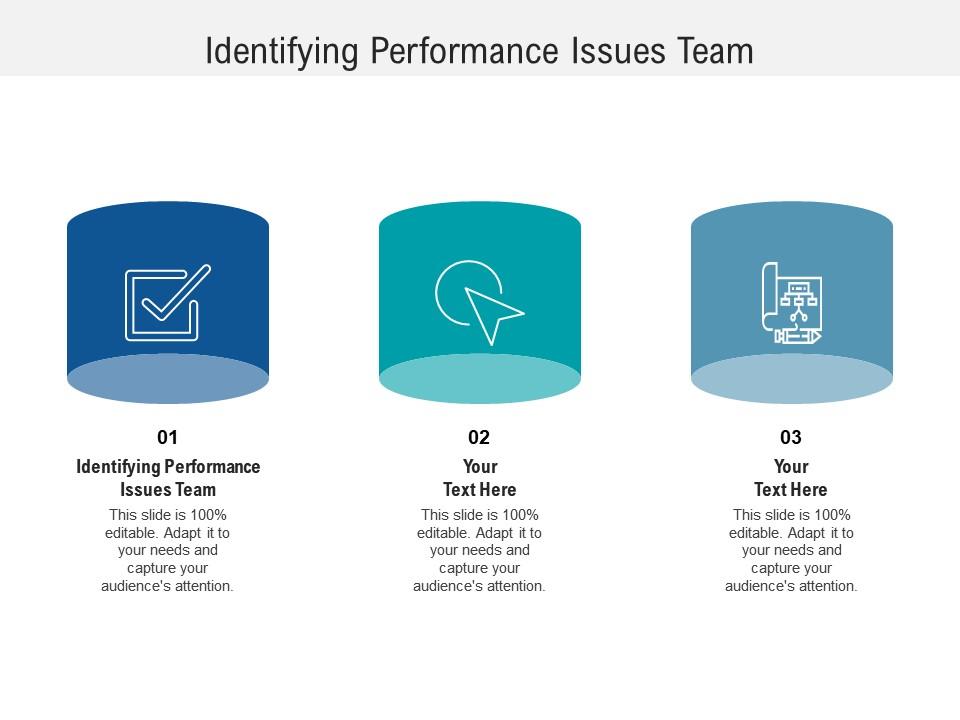Achieving smooth and consistent frame rates is crucial for delivering an enjoyable gaming experience in Unity. Low frame rates can lead to choppy gameplay, sluggish controls, and overall player dissatisfaction. Fortunately, Unity provides a wealth of tools and techniques for optimizing performance. In this blog post, we’ll explore common frame rate issues in Unity and provide practical tips to tackle them effectively.
Identifying Frame Rate Issues

Before diving into solutions, it’s essential to understand the common signs of frame rate problems:
- Low Frame Rate: If your game consistently runs at a frame rate significantly below your target frame rate (usually 60 FPS for most games), you have a frame rate issue.
- Frame Rate Drops: Occasional or periodic frame rate drops during gameplay can be jarring and disrupt the player experience.
- Inconsistent Frame Times: Variability in frame times results in uneven frame pacing, causing noticeable stuttering.
- High CPU or GPU Usage: Excessive CPU or GPU usage can lead to frame rate issues. You can monitor these metrics using Unity’s Profiler.
Common Causes of Frame Rate Issues
Now, let’s delve into some common causes of frame rate problems in Unity:
- Inefficient Code: Poorly optimized scripts, heavy computations, and inefficient algorithms can hog CPU resources and lead to frame rate drops.
- Overdraw: Overdraw occurs when Unity renders objects that are ultimately hidden behind other objects. Reducing overdraw is crucial for optimizing GPU performance.
- Excessive Polygons: High-polygon 3D models and complex scenes can overwhelm the GPU, causing frame rate drops.
- Unoptimized Assets: Textures, audio, and other assets that are not properly optimized can consume excessive memory and cause performance issues.
- Real-time Lighting: Dynamic and real-time lighting calculations can be resource-intensive. Too many dynamic lights can lead to frame rate drops.
Tips for Optimizing Performance
Now that we’ve identified some common causes of frame rate issues, let’s explore practical tips for optimizing performance in Unity:
1. Profiling
Use Unity’s Profiler to identify performance bottlenecks. Profiling allows you to see which parts of your game are consuming the most CPU and GPU resources.
2. Efficient Code
Optimize your scripts for performance by reducing redundant calculations, using data structures efficiently, and minimizing the use of expensive operations within your code.
3. Asset Optimization
Compress and resize textures, use audio compression, and reduce the number of unnecessary assets in your project. Unity’s Addressable Assets system can help manage and load assets efficiently.
4. Level Design
Streamline your level design to reduce overdraw and polygon count. Consider using level-of-detail (LOD) systems for complex 3D models and culling techniques to minimize unnecessary rendering.
5. Occlusion Culling
Implement occlusion culling to prevent Unity from rendering objects that are not visible to the camera. This significantly reduces GPU workload.
6. Static Batching
Use Unity’s static batching for static objects to combine them into a single mesh, reducing draw calls and improving rendering performance.
7. GPU Instancing
Leverage GPU instancing for rendering multiple instances of the same object with minimal overhead. This can be especially beneficial for particle effects and foliage.
8. Light Optimization
Limit the number of real-time lights and use baked lighting whenever possible. Use light culling to optimize dynamic lights’ impact on performance.
9. Frame Rate Management
Implement frame rate management to cap the frame rate on lower-end devices, ensuring a consistent experience without overtaxing the hardware.
10. Regular Testing
Test your game on a variety of devices and platforms to ensure optimal performance across the board. Identify and address any platform-specific performance issues.
Conclusion
Optimizing performance in Unity is a critical aspect of game development. By identifying common frame rate issues and following the tips mentioned in this post, you can create games that run smoothly and provide an excellent player experience. Remember that optimization is an ongoing process, and regularly profiling and testing your game will help you maintain optimal performance as your project evolves. Happy game development!
